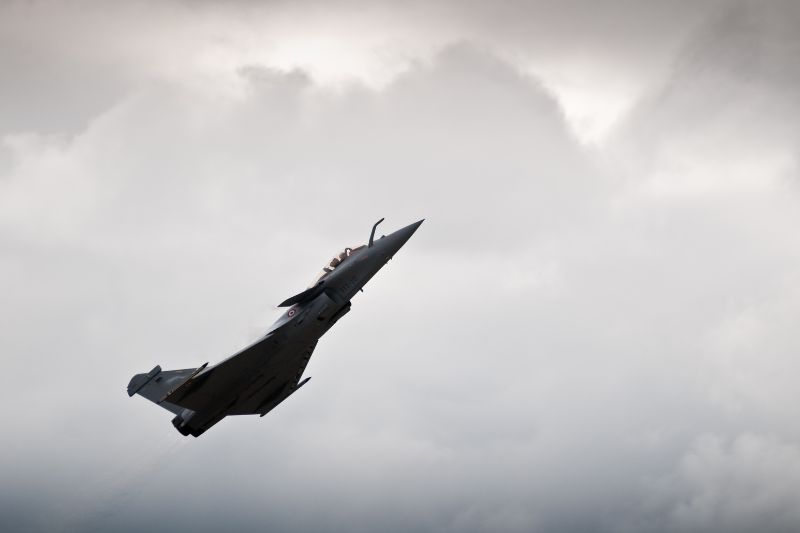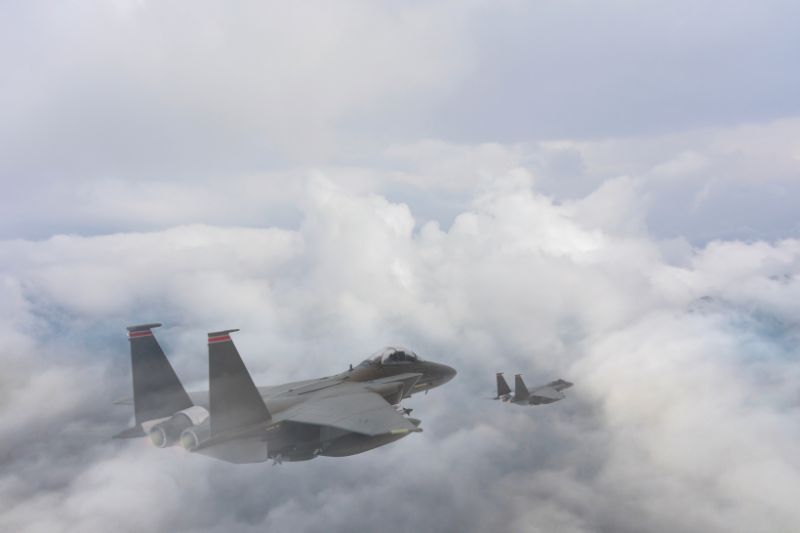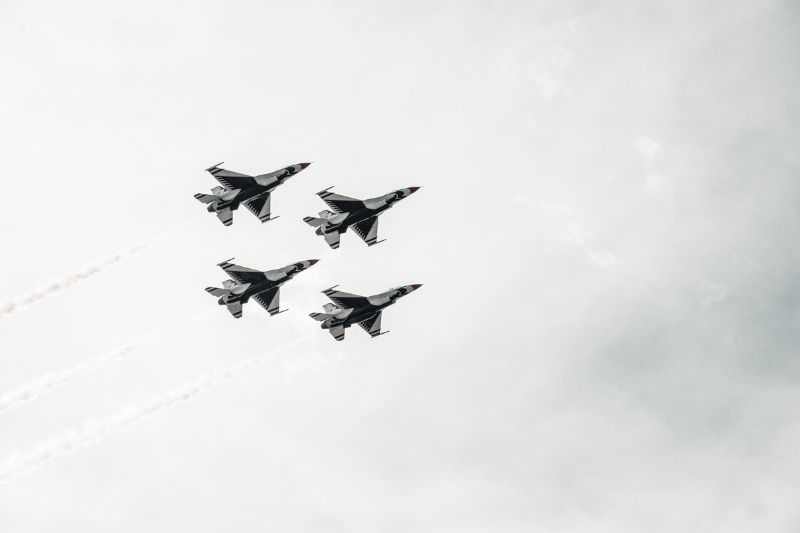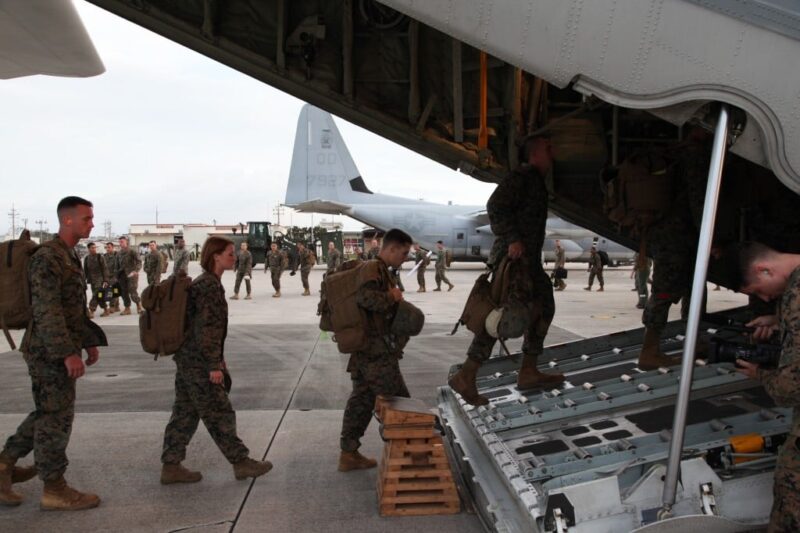The Marines were operating near the southern tip of Taiwan when they secured an important airfield location approximately 100 miles away. From there, they conducted operations across northern regions of the Philippines, including the main island of Luzon and the Batanes Islands just to the north.
These areas hold strategic value due to their proximity to potential flashpoints with China.
The mission, known as maritime key terrain security operations (MKTSO), was a practice run for such a conflict but had real-world implications. It was led by elements of the Marine Corps’ newest Pacific-oriented unit: the Marine Littoral Regiment (MLR).
Deployment and Operations
At the end of the month, a trio of combined scouting units took to the skies. Each crew held some 30 U.S. and Filipino Marines ready to reconnoiter offshore. Loaded into Army Chinooks and Black Hawks, the forces flew north from a fleet base toward far-flung isles.
There, waves lapped rocky shores little visited by outsiders. Yet for these cooperative teams, such isolated islands ranked high for strategic surveillance along crucial boundary waters.
Their mission was to reconnoiter the area using sensors, unmanned systems, and interactions with local communities, laying groundwork alongside their Filipino partners, where civilian maritime trade has faced increased aggression from China.
Joint-Nation Rifle Company
The teams were strengthened by additional allied forces – a joint company of infantry primed to take and hold ground vital in times of strife. Their arrival on these shores composed the initial mission of the 3rd Marine Light Reaction Force to Mavulis, the Philippines’ northern sentinel isle where sentinels watch for any threats to the region’s security.
For the island’s defenders, the fresh troops brought welcomed reinforcement as another layer of protection.
“The further we operate from the mainland, the more we demonstrate our capability to sustain operations independently,” said Maj. Robert Patterson, a company commander who led forces during the air assault on one of the northernmost Philippine islands.
Strategic Shift and New Focus

For those taking part, this mission portended change on horizons ahead. Two decades of confronting opponents utilizing asymmetric tactics in the sand and sky had honed invaluable skills.
But leaders now saw shifting threats – a rival whose capabilities closer matched their own. So even in these isolated seas, drills aimed to acquaint forces with a reality that stealth and sacrifice alone may no longer suffice.
Lt. Col. Mark Lenzi, commander of the 3rd Littoral Combat Team, emphasized the increased risk of conventional warfare. “Long-range missile strikes, loitering munitions, and enhanced sensing capabilities are some of the threats we face now,” Lenzi said. “We must adapt our tactics to avoid detection and targeting“.
Littoral Combat Team and Equipment
Lieutenant Colonel Lenzi leads the littoral combat team, a key component of the Marine Light Reaction Force. His unit comprises around 2,000 Marines equipped for operations in the Pacific theater.
The team includes not just infantry personnel but also an anti-aircraft battalion and logistics group to support naval missions. Their equipment reflects the requirement for flexibility across ocean environments, utilizing weapons like naval strike missiles, unmanned aerial systems, and radars.
Missions like MKTSO showcase these characteristics, with Marines operating independently in remote Pacific locations.

Logistical Challenges
During their deployment, the Marines faced logistical hurdles given the environment and their expeditionary mission. Supplies were tightly controlled since they brought limited stocks, exacerbated by the islands’ humid conditions.
As such, they relied heavily on portable water purification systems capable of generating approximately 15 gallons of fresh water per hour from local sources. Fuel and food were rightly prioritized to maintain their operations. Reflecting the light, mobile nature of their force, they also received help from the communities for some sustenance needs.
While dispersed operations are not new for the Marine Corps, the environment is. The MLR, established in 2022, was deployed to the Philippines, a nation of multiple islands and tropical jungles, and a reinvigorated U.S. ally amid China’s disruptive actions.
Under the Enhanced Defense Cooperation Agreement, U.S. troops rotate through nine Philippine military bases. However, for the MKTSO mission, Marines were sent to remote islands off the Philippine coast, near Taiwan and China.

Integration with the Philippine Military
When carrying out joint operations, making the effort to fully incorporate Philippine forces is essential for both practical and strategic reasons. On a tactical level, their extensive familiarity with the terrain and communities is invaluable – without it, missions risk challenges that could undermine the goals.
Marine corporals and sergeants often led these efforts. Patterson highlighted the importance of squad leaders in understanding the community and environment through relationship-building.
“They knew they were some of the first U.S. forces on these islands,” Patterson said, referring to Itbayat, an island near Taiwan. “They felt very prideful and excited to do their job”.









